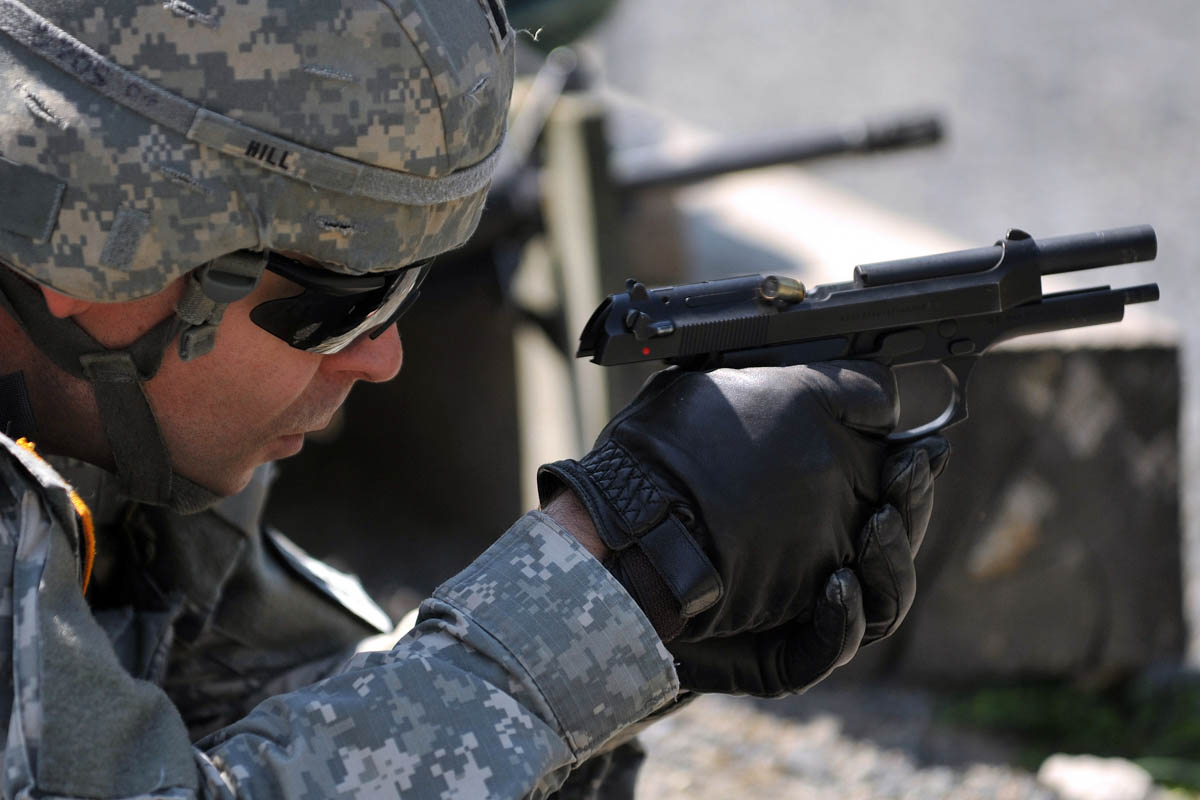WASHINGTON — A US government watchdog agency has given passing marks to the Army's massive aviation restructure plans, a potential blow to the National Guard, which opposes a key piece of that plan.
The 49-page Government Accountability Office's (GAO's) report found that the Army's proposal is less expensive than a Guard proposal and better meets mission demands. This follows two other analyses that backed the Army's plan, which is dubbed the Aviation Restructure Initiative (ARI), over the Guard's proposal.
The Army, in a letter included in the report, largely welcomed its findings, while National Guard Association of the United States spokesman John Goheen called the GAO's report, "pretty superficial." Goheen said he anticipatesa congressionally mandated commission, which was seated last month, to study the issue and report in 2016.
"What we'd like to see the commission undertake is really look at ARI critically, and look at the Army's presumptions," Goheen said.
The Army, according to Goheen, has been "cherry picking policies," to back its plan. Although National Guard troops are supposed to be notified of a deployment with a longer lead time than regular army units, Goheen said the Guard would gladly deploy at the same rate as the regular Army. He invoked National Guard Bureau Chief Gen. Frank Grass' statement in a 2013 memo that the Guard is, "all in."
Anticipating budget and end-strength cuts, the Army launched ARI to reorganize its combat aviation capabilities which, if implemented, would cut 10,700 positions and divest the Army of 800 less capable helicopters — for a savings of $12 billion in procurement costs and $1 billion annually.
Under ARI, the active component would divest itself of the OH-58D Kiowa Warrior fleet and pull Apaches from the National Guard to fill the gap, providing UH-60 Black Hawk helicopters in return. The Army would also close three of its 13 combat aviation brigades, and has so far named only the 159th at Fort Campbell, Kentucky, which lost 2,400 soldiers in the inactivation.
Arguing that the removal of the helicopters would degrade its role as a combat reserve, the Guard offered a counterproposal in 2014 that would allow it to retain some AH-64s. The Army argues the Guard proposal would result in unacceptable operational risk.
The GAO report was ordered in the 2015 defense authorization law to compare the components' underlying assumptions, their capacities and the Army's cost analyses. One of the key differences is the Guard believes that ARI is a permanent solution to short-term budget problems.
When, in classified war-fighting scenarios, the Army assumed it would take the Guard three months to complete predeployment training, both the Guard and Army proposals met more than 90 percent of combat demands. However, when the Army used the historical length for Guard training, four months, the Guard met only 83 percent of demand in the final four months of peak demand period for major combat operations.
GAO gave the nod to the Army's cost analyses, which found the Guard's proposal would be $220 million to $420 million more expensive than the Army's because the Guard's proposal included 11 more Apaches. Further, the Guard proposal would create risk because it would take 104 more Apaches to offset, at a cost of $5.5 billion, and $338 million annually to sustain, according to the Army.
Maj. Gen. Gary Cheek, Army assistant deputy chief of staff for operations, plans and policy, said the Army welcomed the GAO's affirmation of its methodology and proposal overall.
"The Army leadership, as well as the leadership of the Department of Defense," Cheek said, "agree with your assessment that the Army's plan for ARI, which includes moving Apaches from the National Guard to the regular Army, as well as Black Hawks from the regular Army to the National Guard, is cost effective and better supports homeland defense, and better meets the demands of our classified war-fighting scenarios."







